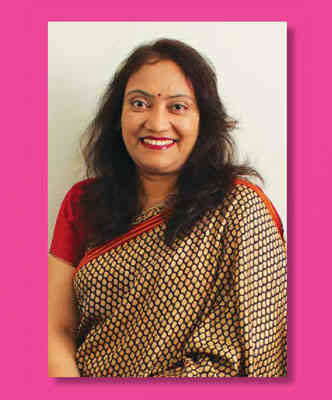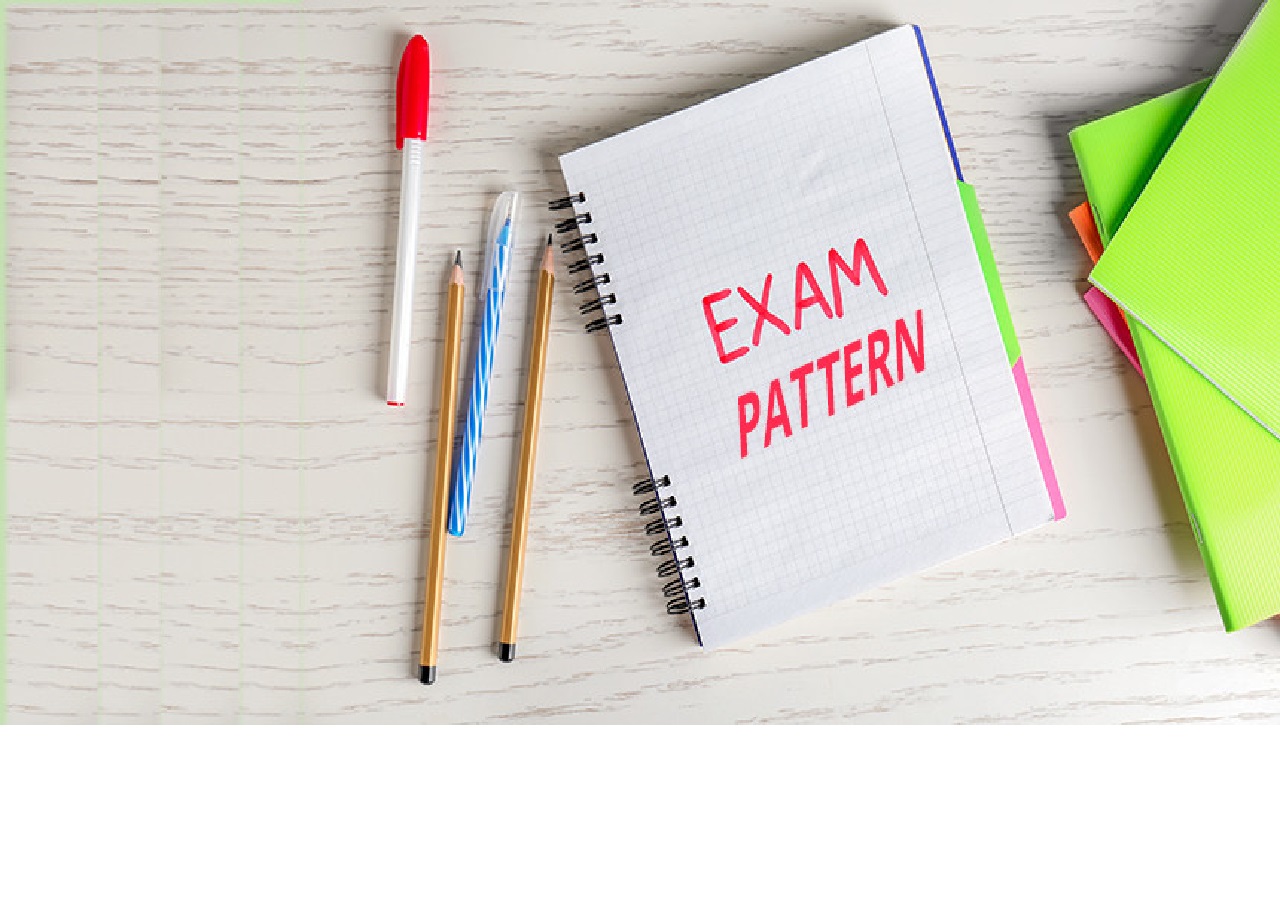Revised Question Pattern and Marking Scheme Announced
The Council of Higher Secondary Education (CHSE), Odisha, has announced a significant revision in the question pattern and marking scheme for the upcoming Plus Two examinations. This change, aimed at ensuring uniformity in question patterns and the distribution of marks, was officially communicated through a notification issued on August 21, 2024. The revised pattern will be implemented for the exams scheduled to commence on February 15, 2025.
Implementation Timeline and Examination Schedule
The CHSE has set clear timelines for the upcoming exams. The theoretical exams for the Arts, Science, Commerce, and Vocational streams will be conducted from February 15 to March 25, 2025. Meanwhile, the practical and internal examinations are scheduled to take place between December 26, 2024, and January 15, 2025. These exams will be conducted under strict surveillance, with the CHSE mandating functional CCTV coverage in all examination halls to ensure transparency and fairness throughout the process.
Key Changes in Question Pattern and Marking
The new question pattern and marking scheme have been introduced following a decision made during the CHSE’s Ordinary Meeting on June 28, 2024. The revised pattern will apply to all regular students registered in 2023 across the Arts, Science, Commerce, and Vocational streams. These students will face a new format in their annual Higher Secondary (HS) examinations in 2025.
Subjects with Practical and Project Components: For subjects with practical and project components, such as those with 70 marks for theory and 30 marks for practicals, or 80 marks for theory and 20 marks for projects, students will be evaluated under the new question pattern. This also applies to integrated vocational subjects and vocational trade subjects where theory and practicals are equally weighted.
Non-Practical and Non-Project Subjects: In subjects without practical or project components (e.g., subjects with 80 marks for theory and 20 marks for internal assessment), students will also be evaluated under the new question pattern. A crucial change is the introduction of internal marks (20/10 marks) for these subjects, starting from the 2025 exams for students registered from 2023 onwards.
Passing Criteria Under the New System
A notable feature of the new scheme is the adjustment in the passing criteria for non-practical and non-project subjects. Students will need to score a minimum of 30% in theory to pass, regardless of their performance in internal assessments. For instance, in subjects like English, History, and Political Science, where the full marks are 80, students must score at least 24 out of 80 in the theory exam to pass. Even if a student performs well in internal assessments, failing to meet the 24-mark threshold in the theory exam will result in a failing grade.
Example Scenario: Consider a student in History who scores 18 out of 20 in internal assessments but only 20 out of 80 in the theory exam. Despite their internal score, they would still fail the exam as they did not meet the required 24 marks in theory.
Ex-Regular Students: Transition Provisions
Ex-regular students registered up to 2022 will continue to be evaluated based on the previous year’s question pattern. This applies to both practical and non-practical subjects, including compulsory subjects like English and Modern Indian Language (MIL). However, those in subjects with practical components will follow the new pattern similar to regular students registered in 2023.
These comprehensive changes in the CHSE’s examination pattern and marking scheme aim to standardize the evaluation process, ensuring that students are assessed uniformly across all streams and subjects. As the February 2025 exams approach, students and educators alike must familiarize themselves with these changes to prepare effectively for the new assessment format. The introduction of these reforms reflects CHSE’s commitment to enhancing the quality and fairness of higher secondary education in Odisha.
(With inputs from agencies)








